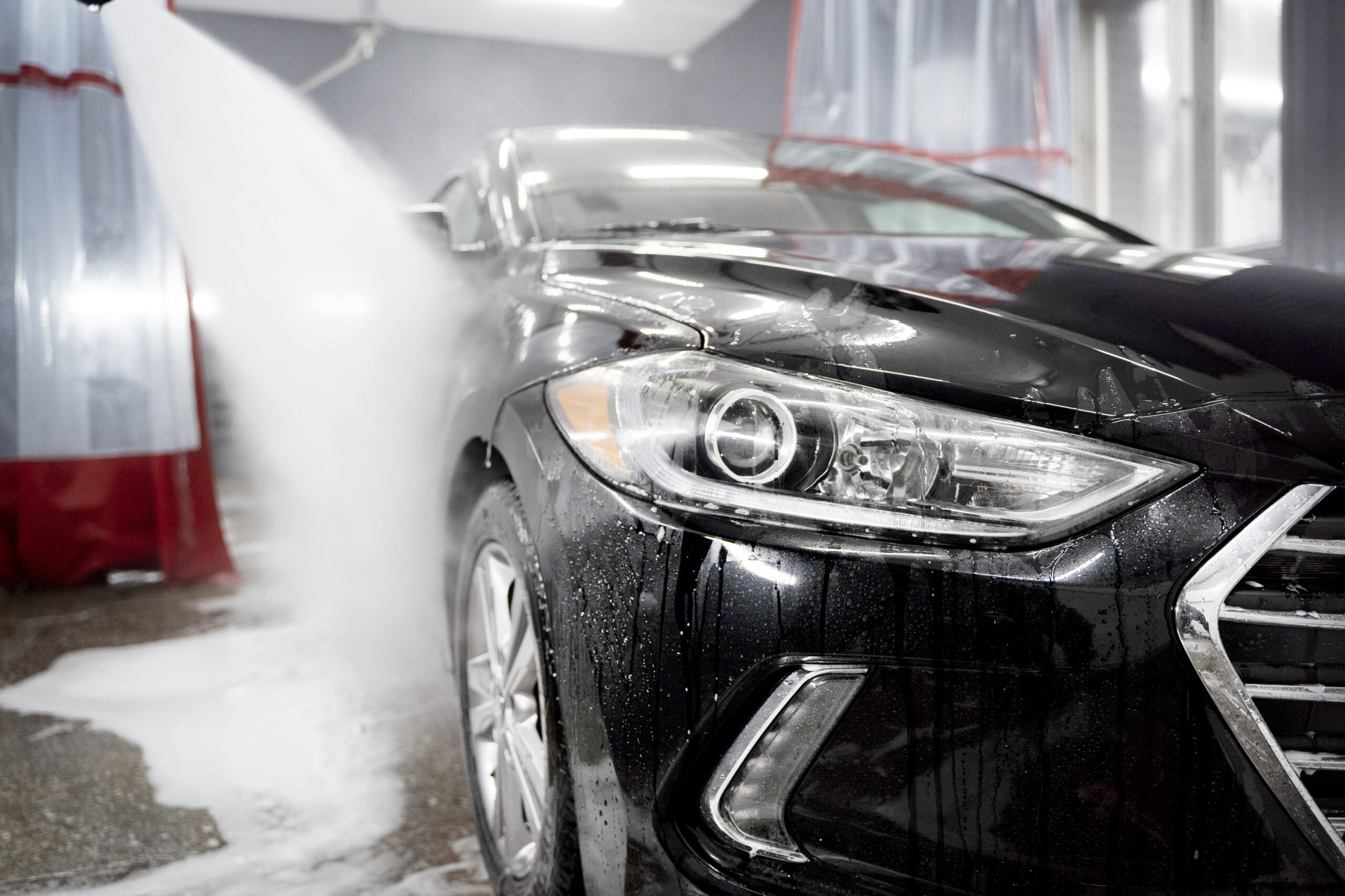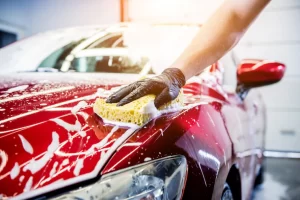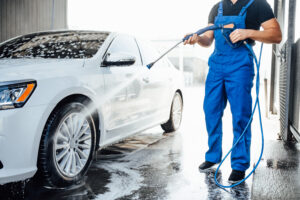The rise of self-driving cars is transforming the automotive industry, promising convenience, safety, and efficiency. However, with this advancement comes a unique challenge—how do autonomous vehicles navigate something as simple yet essential as a car wash? Unlike traditional vehicles, self-driving cars rely on sensors, cameras, and AI-driven technology, which can be affected by water, high-pressure cleaning, and automated wash systems.
In this blog, we’ll explore the challenges self-driving cars face in car wash facilities and the solutions emerging to address them.
Challenges of Car Washes for Self-Driving Cars
1. Sensor Malfunctions
Self-driving cars rely on LiDAR, radar, cameras, and ultrasonic sensors to navigate. However, these sensors are sensitive to moisture and dirt. A traditional car wash with high-pressure water, spinning brushes, and chemical solutions can interfere with these systems, leading to malfunctions or incorrect readings.
2. Software Confusion in Automated Wash Systems
Most autonomous vehicles operate using AI algorithms that control acceleration, braking, and steering. When entering an automatic car grooming or wash facility, the car may not understand the signals to move forward, stop, or shift into neutral, causing operational errors.
3. Water Damage Risks
Although modern self-driving cars are built to withstand rain and general water exposure, car washes involve forceful sprays, chemical treatments, and brushes that could penetrate weak spots in the vehicle’s sealing, potentially damaging sensitive electronic components.
4. Lack of Industry Standards
Currently, car wash facilities are designed for human-driven vehicles. Most self-driving cars require the driver to take control during the wash process, but with fully autonomous vehicles in the future, there needs to be a universal system to integrate these cars into wash stations smoothly.
Solutions: How Car Washes Are Adapting to Autonomous Vehicles
1. Touchless Car Wash Systems
One of the most promising solutions is the adoption of touchless car wash technology. These systems use high-pressure water and eco-friendly cleaning agents instead of brushes, reducing the risk of sensor damage or physical interference with autonomous driving features.
2. AI-Compatible Car Wash Signals
To help self-driving cars navigate a car grooming station, some companies are developing AI-compatible wash systems. These will include machine-readable signs, smart entry/exit points, and integration with the car’s software to guide it through the wash without requiring manual intervention.
3. Waterproof Sensor Coatings
Automakers are working on protective coatings and advanced waterproofing techniques to shield self-driving cars’ sensors from damage during a car wash. These developments will help vehicles maintain accurate readings even after exposure to water and cleaning agents.
4. Industry Collaboration for Standardized Car Wash Protocols
To ensure a smooth experience for autonomous vehicles, car wash operators, car manufacturers, and tech companies are working together to develop industry standards. These include specific washing modes designed for self-driving cars, allowing seamless interaction between vehicles and automated wash stations.
The Future of Car Grooming for Self-Driving Cars
As self-driving technology continues to evolve, car wash facilities will need to adapt. The introduction of AI-driven wash systems, sensor-friendly cleaning techniques, and standardized communication between vehicles and wash stations will make car grooming safer and more efficient for autonomous cars.
In the near future, self-driving cars may be able to book a car wash automatically, drive in, and exit without human intervention. Until then, both the automotive and car wash industries must work together to overcome these challenges and embrace a future of hassle-free car grooming for self-driving vehicles.





